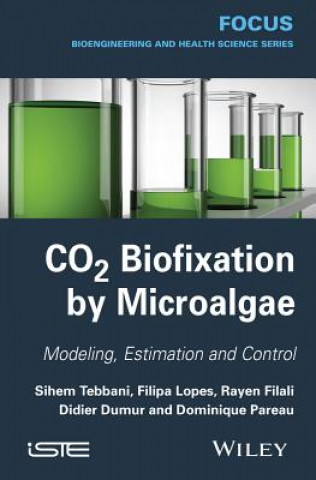
Kod: 02399727
CO2 Biofixation by Microalgae - Automation Process
Autor Sihem Tebbani, Filipa Lopes, Didier Dumur, Dominique Pareau
Due to the consequences of globa l warming and significant greenhouse gas emissions, several ideas have been studied to reduce these emissions or to suggest solut ions for pollutant remov al. The most promising ideas are reduced c ... więcej
- Język:
 Angielski
Angielski - Oprawa: Twarda
- Liczba stron: 192
Wydawca: ISTE Ltd and John Wiley & Sons Inc, 2014
- Więcej informacji o książce

846.31 zł

Dostępna u dostawcy w małych ilościach
Wysyłamy za 10 - 14 dni
Potrzebujesz więcej egzemplarzy?Jeżeli jesteś zainteresowany zakupem większej ilości egzemplarzy, skontaktuj się z nami, aby sprawdzić ich dostępność.
Dodaj do schowka
Zobacz książki o podobnej tematyce
-

The Fourth Turning
76.99 zł -14 % -

Practice of Adaptive Leadership
126.38 zł -10 % -

Milk and Honey
70.16 zł -23 % -

Ruined
38.14 zł -23 % -

Becoming Mila
39.85 zł -15 % -

A Text Book of Algae: For Degree Students
104.03 zł -

Endo Patient's Survival Guide
73.08 zł -6 % -

Everything You Need for a Treehouse
77.29 zł -5 % -

Confucius and the Analects
542.31 zł -

Culture and Anomie
561.69 zł -

Desolation and Enlightenment
593.32 zł -
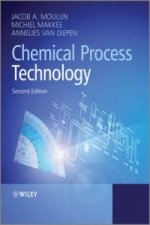
Chemical Process Technology 2e
770.91 zł -
![Biological Physics, Physic [And] Metaphysics; Studies and Essays Volume 2 Biological Physics, Physic [And] Metaphysics; Studies and Essays Volume 2](https://media.libris.to/jacket/13764191t.jpg)
Biological Physics, Physic [And] Metaphysics; Studies and Essays Volume 2
164.23 zł -

Courier
58.32 zł
Bon podarunkowy: Radość gwarantowana
- Podaruj bon o dowolnej wartości, a my się zajmiemy resztą.
- Bon podarunkowy dotyczy całej naszej oferty.
- Możesz wydrukować elektroniczny bon z e-maila a następnie przekazać go obdarowanemu.
- Ważność bonu wynosi 12 miesięcy od daty wystawienia.
Więcej informacji o CO2 Biofixation by Microalgae - Automation Process
Za ten zakup dostaniesz 495 punkty
 Opis
Opis
Due to the consequences of globa l warming and significant greenhouse gas emissions, several ideas have been studied to reduce these emissions or to suggest solut ions for pollutant remov al. The most promising ideas are reduced consumption, waste recovery and waste treatment by biological systems. In this latter category, studies have demonstrated that the use of microalgae is a very promising solution for the biofixation of carbon dioxide. In fact, these micro-organisms are able to offset high levels of CO2 thanks to photosynthesis. Microalgae are also used in various fields (food industry, fertilizers, biofuel, etc.). To obtain a n optimal C O2 sequestration us ing micr oal gae, their cul tivatio n has to be c arried ou t in a f avorable e nvironment, corresponding to optimal operating conditions (temperature, nutrients, pH, light, etc.). Therefore, microalgae are grown in an enclosure, i.e. photobioreactors, which notably operate in continuous mode. This type of closed reactor notably enables us to reduce culture contamination, to improve CO2 transfer and to better control the cultivation system. This last point involves the regulation of concentrations (biomass, substrate or by-product) in addition to conventional regulations (pH, temperature).§To do this, we have to establish a model of the system and to identify its parameters; to put in place estimators in order to rebuild variables that are not measured online (software sensor); and finally to implement a control law, in order to maintain the system in optimal conditions despite modeling errors and environmental disturbances that can have an influence on the system (pH variations, temperature, light, biofilm appearance, etc.).
 Szczegóły książki
Szczegóły książki
Kategoria Książki po angielsku Technology, engineering, agriculture Biochemical engineering Biotechnology
846.31 zł
- Pełny tytuł: CO2 Biofixation by Microalgae - Automation Process
- Autor: Sihem Tebbani, Filipa Lopes, Didier Dumur, Dominique Pareau
- Język:
 Angielski
Angielski - Oprawa: Twarda
- Liczba stron: 192
- EAN: 9781848215986
- ISBN: 1848215983
- ID: 02399727
- Wydawca: ISTE Ltd and John Wiley & Sons Inc
- Waga: 476 g
- Wymiary: 241 × 160 × 21 mm
- Data wydania: 20. June 2014
Ulubione w innej kategorii
-

Blueprint, with a New Afterword
85.22 zł -4 % -

Bad Blood
75.08 zł -

Biotechnology
406.99 zł -
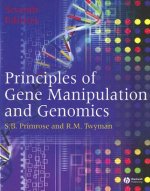
Principles of Gene Manipulation and Genomics 7e
670.62 zł -

Regenesis
85.32 zł -5 % -
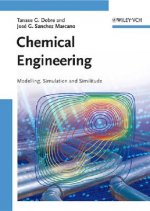
Chemical Engineering
1349.48 zł -
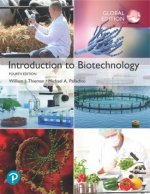
Introduction to Biotechnology, Global Edition
378.07 zł -

Introduction to Genetic Engineering
251.98 zł -
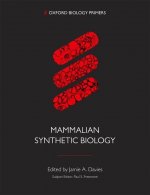
Mammalian Synthetic Biology
144.05 zł -
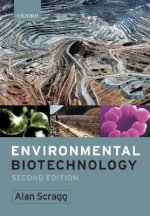
Environmental Biotechnology
370.74 zł -

Gmo Sapiens: The Life-changing Science Of Designer Babies
154.09 zł -

EEG-Based Brain-Computer Interfaces
826.03 zł -
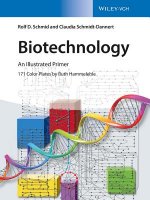
Biotechnology - An Illustrated Primer
365.72 zł -3 % -

Case against Perfection
106.11 zł -
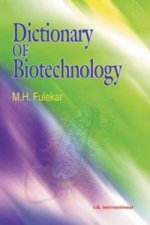
Dictionary of Biotechnology
84.32 zł -
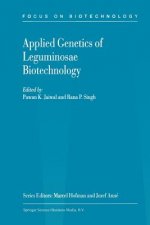
Applied Genetics of Leguminosae Biotechnology
1118.17 zł -
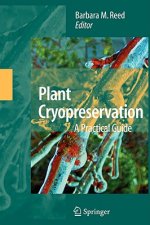
Plant Cryopreservation: A Practical Guide
865.68 zł -
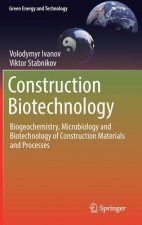
Construction Biotechnology
865.68 zł -

After Meat
74.58 zł -5 % -
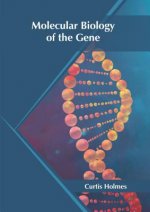
Molecular Biology of the Gene
625.34 zł -
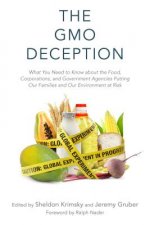
GMO Deception
116.65 zł -
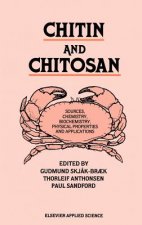
Chitin and Chitosan
1673.75 zł -

Nanopore Sequencing
1136.04 zł -
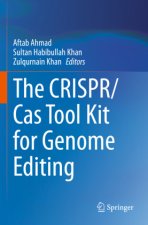
The CRISPR/Cas Tool Kit for Genome Editing
1034.34 zł -
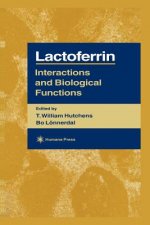
Lactoferrin
865.68 zł -

Exploring Drug Delivery to the Peritoneum
916.18 zł -
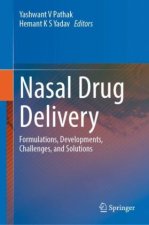
Nasal Drug Delivery
1034.34 zł -
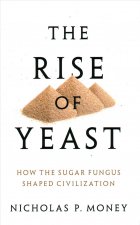
Rise of Yeast
113.23 zł -9 % -
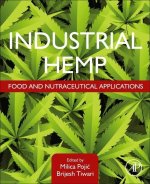
Industrial Hemp
826.03 zł -
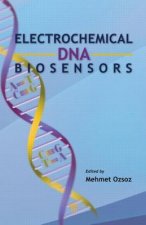
Electrochemical DNA Biosensors
846.71 zł -

Natural Soda Ash
3065.71 zł -
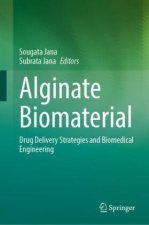
Alginate Biomaterial
1269.67 zł -
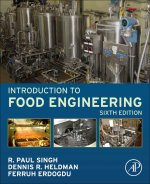
Introduction to Food Engineering
669.92 zł -
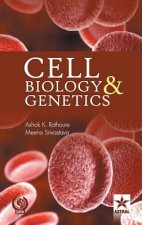
Cell Biology and Genetics
361.81 zł -
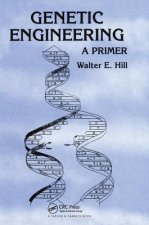
Genetic Engineering
1014.07 zł -
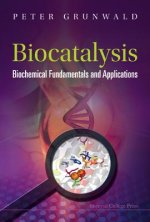
Biocatalysis Biochemical Fundamentals and Applications
916.18 zł -

Plant Biotechnology
284.81 zł -

Biotechnology: From Theories to Practice
608.37 zł -

Ultra-Weak Photon Emission from Biological Systems
1926.24 zł -
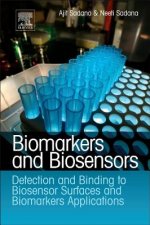
Biomarkers and Biosensors
744.41 zł -

Biotechnology, Patents and Morality
269.45 zł -
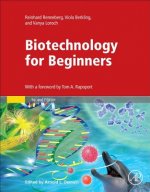
Biotechnology for Beginners
553.10 zł -

Biolistic DNA Delivery
613.19 zł -
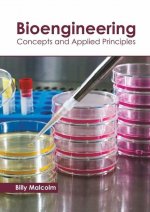
Bioengineering: Concepts and Applied Principles
608.37 zł -

Hacking DNA with Rapid DNA Prototyping: Synthetic Biology for Everyone
238.62 zł -
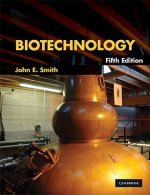
Biotechnology
309.10 zł -
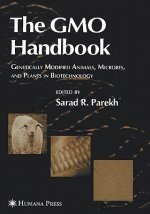
GMO Handbook
865.68 zł -
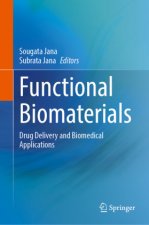
Functional Biomaterials
1120.28 zł -
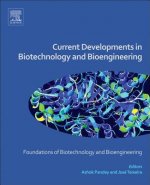
Current Developments in Biotechnology and Bioengineering
989.37 zł
zadowolonych klientów
Od roku 2008 obsłużyliśmy wielu miłośników książek, ale dla nas każdy był tym wyjątkowym.
Copyright! ©2008-24 libristo.pl Wszelkie prawa zastrzeżonePrywatnieCookies


 21 milionów książek
21 milionów książek Dostawa 10.99 zł
Dostawa 10.99 zł (32) 444 93 66 (8-15.30h)
(32) 444 93 66 (8-15.30h)